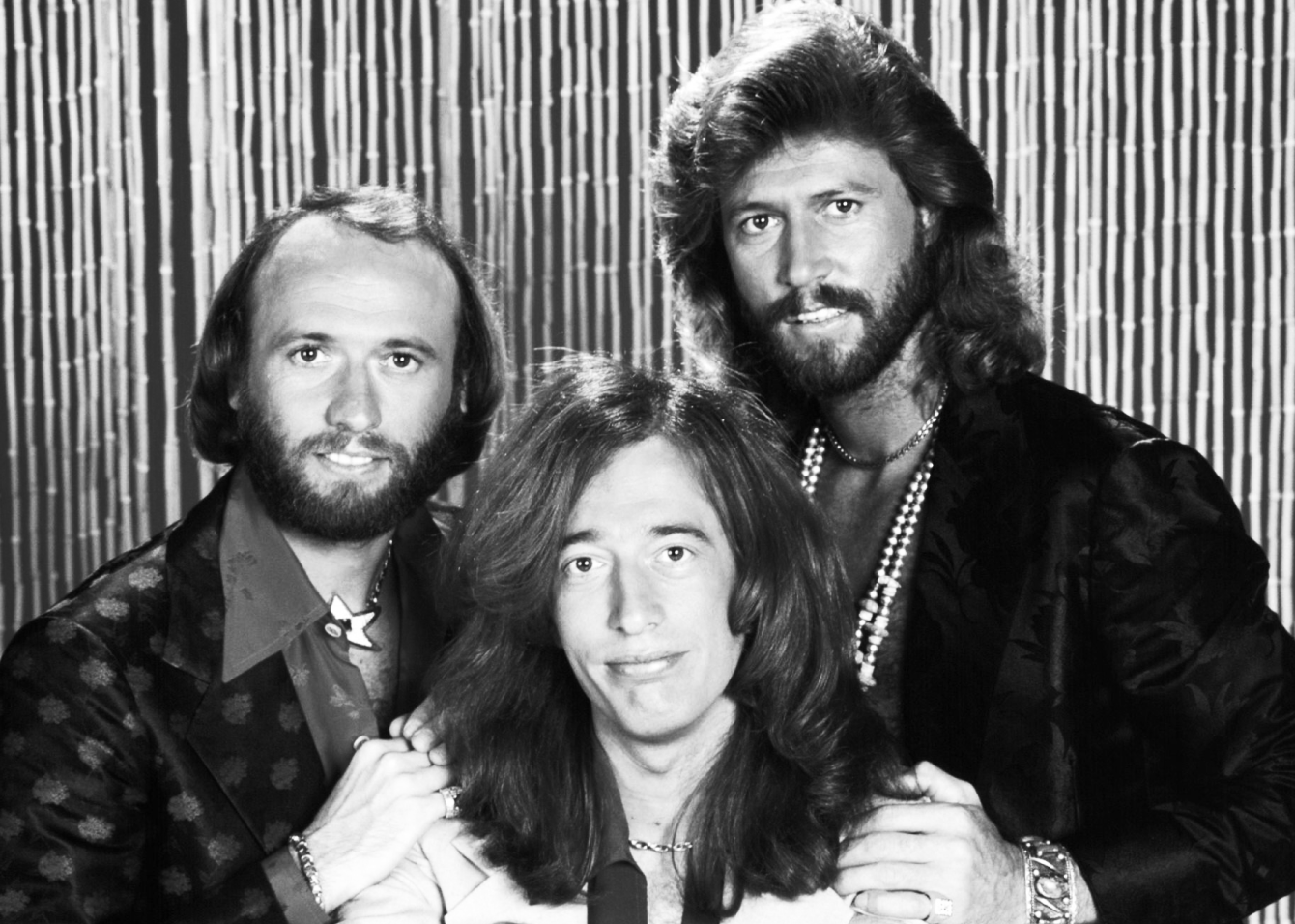Every day, it gets harder and harder to stand out on social media, but even more so for homebuilders. There’s continual pressure to increase your impact as competitors find new ways (or have larger budgets) to increase their follower counts, bolster engagement, and up their post frequency. But hey, not everything worth doing is easy and boy is creating a social community ever worth it.
The reason I speak specifically to your social community is that it's easy to get caught up in vanity metrics. Having thousands of followers is awesome, but what does that actually mean for your business? Do those people like, comment, share, click links, tag friends, or (perhaps most important of all) convert into paying customers? As a social media manager, I can tell you that 3,000 highly engaged, demographically relevant, followers are worth way more to your business than 300,000 of just anyone.
Building an online community is more important than increasing the number of followers you have. A strong community will have a stronger and longer impact on your company. It can increase sales, support your ROI, and help you reach new markets.
An engaged online community should consist of prospects, customers, and brand advocates who communicate with each other around one central topic -- YOU. They could be interested in your company, your homes, the homebuilding space at large, or share the same values. But regardless of the exact details, they are here for YOU.
Here are 6 factors homebuilders should consider when building a strong social community
1. Have a social media strategy
Starting with a well-defined social media strategy will allow you to align your business goals with your social media goals. Whatever you post on your social channels should be a reflection of your core values as an organization and help you work towards those goals. A strategy ensures you're creating content to meet those objectives and not just creating a generic feed of nice-looking homes.
This strategy should include:
- Who your buyer personas are
- Build out personas for each of your typical buyers. Consider what your first-time home buyer persona might look like vs. an estate home buyer. What do they like, what are their priorities, what are their typical psychographics? Clearly document these personas and as part of that state which social platforms these personas typically engage with. That will help to determine what messaging to place where and how to engage.
- Where your audience is
- Figure out which platforms your audience is on and optimize accordingly. Most homebuilders should at the very least use Facebook and Instagram, but there are increasing benefits attached to Pinterest and custom homebuilders might have a use case to consider Houzz.
- Campaign objectives
- If you know that you're launching a new community in Q1, it's probably safe to say you're going to need some ads planned out so ensure that your social strategy accounts for this shift in focus and budget. This will influence how your organic posts will need to support those campaign goals as well. Whatever your campaign goals are, planning for them in advance will make your results stronger and your life less stressful.
Bonus tip: Attaching your brand tone of voice guide will ensure that you can tailor your messaging to each persona in a way that still speaks to your brand. Don't have one? Check out our helpful article here.
2. Build a content calendar
Anyone who has ever worked in social media knows that last-minute posts come up (probably more often than we'd like) but that doesn't mean we should throw the whole content calendar out the window. Creating content well in advance in alignment with your goals, brand purpose, and campaign objectives means better results and will put more time back into your schedule. This extra time is needed in order to have room in your day to engage your audience.
What to include in your content calendar:
- Evergreen content
- These are posts that aren't confined by specific deadlines, campaigns, or product launches. This could mean a feature on your most popular floorplan, a post on your brand purpose, or anything else that will remain relevant.
- Campaign specific posts
- New community launches, new phase announcements, or even brand events. Plan out coming campaign posts in-depth.
- Website content
- Old and new content from the website should be continually shared in your social feeds. This could mean blog posts, homeowner testimonials, event listings, or whatever else you're posting.
- Event/community-specific posts
- Being an engaged member of your online community means being an engaged member of your physical communities. Sharing community-specific events, celebrations, or dates can help you feel like a better member of the overall neighbourhood.
Once you've created your posts, it's time to schedule them in. The more you can plan in advance and then automate, the more time you can spend engaging in those vital two-way conversations taking place on your accounts.
Finally, as with any marketing content your produce, ask yourself regularly what your followers want to see from you. What types of content are they most interested in, and why do they want to follow you? At the end of the day, you should be able to answer this – “WHY SHOULD I CARE?”. If you can answer that simple question from your audience's perspective every time you post on social media, growth will follow.
3. Have someone dedicated to managing your social media presence
Think of social media kind of like a 24/7 showhome. People will come and go as they please, ask lots of questions, want to be shown around, and occasionally, mess up your clean walls (or comment sections in this case). It's the responsibility of your show centre salesperson to not only answer these questions and address the concerns but to be a steward of your brand as well. To build the type of online community that will actually serve your business goals, you need to have someone dedicated to building content, engaging with customers, and ensuring a consistent brand voice.
After all, you wouldn't leave your show home unattended.
4. Engage, engage, engage
If you don't remember anything else from this blog, remember this: YOU HAVE TO ENGAGE.
A strong online community won't grow itself. Effective social media is a conversation, you cannot build an engaged community if you're only publishing content. You need to be joining conversations where your target audience is. This is particularly important for homebuilders as you literally build communities. This applies online as well!
How to engage:
- Like and comment on posts
- Set aside daily or weekly time to respond to comments, DM's, and tags
- If you have properties in a community with an existing Facebook group, join that group. If you're helping to build out a new community, you can help to build that page or group. You want to be very light-handed with the promotional content here, but it will at least help you stay attuned to the conversations happening.
- Utilize social listening tools and get in on conversations happening online that relate to your brand
If you want your customers to be actively engaging with your brand, you must also be active.
5. Be flexible
If something isn’t working, change it. If the people you’re talking to aren’t engaging back, talk to someone else. Social media is free (with the exclusion of ads), and if something isn’t working, you can always mix it up.
Social media and digital marketing at large are some of those strange industries where the ground is always moving. Try new platforms, explore new mediums, vary your content types, and keep experimenting. Get into new things, record the results, and throw out what isn't working.
6. Think outside the box (but stay inside your brand)
One of the number one mistakes I see homebuilders make is getting too promotional with their messaging. You don't always need to post beautiful interiors, home specs, and hours updates. You're selling a community, a way of life, and a place to live — there's no better reason to be a more lifestyle and purpose-focused brand. Share content that supports your community throughout all their life events.
Tell, and show, your audience what your brand is about. Make them buy into your purpose and let them know your values so they can align with you. Engage with homeowners and not just prospects. Build an online community to match the type of community your audience would want to live in.
But mostly, have a good time
If your online presence is your digital showroom, no one wants to engage with a boring salesperson or brand so have fun with it! If you’re having fun with your social, then your audience will notice. If you’re bored, and in autopilot posting the same content over and over, your audience will notice. They notice everything. So just have fun. Try new things, add GIFs, emojis, engage, make jokes, poke fun at yourself and your team. At the end of the day, the brand with the most engaging content always wins.

I hope this helps you take your social media to the next level. Growing a thriving digital community is an important investment that helps you find continued success even with the boom and bust cycle of homebuilding.
Want to learn about the future of homebuilding and the new consumer journey? Join us for our upcoming webinar.


